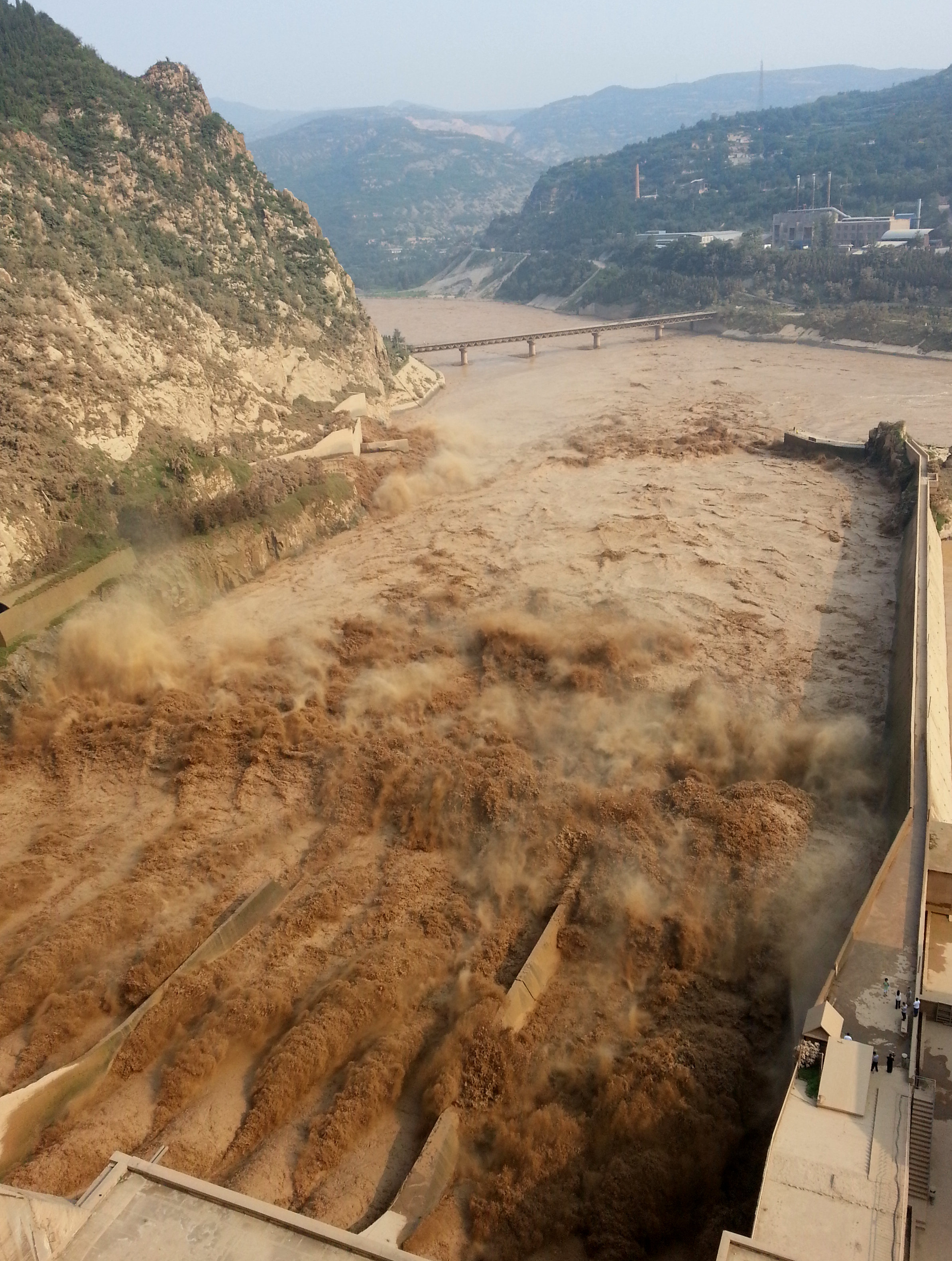Looking inside the riverbed using hydrogel beads!
- Introduction


The porous riverbed plays a crucial role in many transfers between the river and surrounding aquifers. As fine particles suspended within the flow settle, they can infiltrate the pores. Quantifying this process is challenging. In the field, measurements either are difficult (cryogenic sampling) or have limited accuracy (inference from hydraulic conductivity). In laboratory experiments, the porous matrix is optically opaque (sand, glass beads), resulting in sampling after the experiment. This results in measurements at a single point in space and time.
- How to measure continuously the spatio-temporal dynamics of the infiltration?
- Methods
- See the center column for the experimental setup
- Parameters:
- flow velocity \(\sim 5~\textrm{cm/s}\)
- suspended sediment: polystyrene beads, diameter \(\sim 140~\mu\textrm{m}\) and settling velocity \(w_{\rm s} \simeq 0.5\) mm/s
- hydrogel beads: diameter \(\sim 1.5~\textrm{cm}\)
- volume fraction: \(\phi \sim 0.1~\%\)
- Results (suspended flow)
An experimental set-up for the spatio-temporal quantification of fine particle infiltration in porous beds
C. Gadal (cyril.gadal@imft.fr), M.J. Mercier and L. Lacaze. Institut de Mécanique des Fluides de Toulouse (IMFT), France



- Results (porous matrix)
- infiltration velocity starts at \(w_{\rm s}\), then increases in \(t^{1/2}\)
- Conclusion
- characterizable in terms of inflow conditions
- spatio-temporal monitoring of infiltration
- Discussion/Perspectives
- Full exploration of parameter space:
- spatio-temporal law for infiltration
- link with flow conditions
- clogging and unclogging thresholds
- particle dynamics inside porous media, close-up view
